Incident Code
Incident Date
Location
Geolocation
Geolocation
Airwars Assessment
(Previous Incident Code: YEM298)
Five civilians and two off duty Yemen soldiers from two local families, all men, were reportedly killed by a US drone strike in or near Al Mushainaah village, in the Saeed district of Shabwa governorate, at around midnight between January 26th-27th 2018. At the time of the strike, the men were reportedly searching for a missing 14-year old boy who was reportedly visiting Al-Qaeda militants.
Mwatana for Human Rights named the men killed as Saleh Muhammad Bin Olaywah (49 years old), Ziyad Saleh Muhammad Bin Olaywah (20 years old), Khalid Faraj Muhammad Bin Olaywah (37 years old), Ali Faraj Muhammad Bin Olaywah (34 years old), Nabil Salem Ba’adlan (40 years old), Mubarak Muhammad Saleh Hudaij (41 years old), and Najeeb Muhammad Saleh Lasma’ (25 years old). Mwatana found “no credible indication” that any of those killed were associated with any armed groups.
According to reporting by Associated Press, Saleh Muhammad Bin Olaywah’s son, 14-year old Abdullah, had gone with a friend to an AQAP camp in the mountains near Al-Masna’ah, after being told that the group was giving away free motorcycles. Speaking later with PBS Frontline, Abdullah said that “AQAP were messaging me and messaging my friends… They said, ‘Don’t worry, nothing will happen to you.’ So we went, although I didn’t really want to.”
Saleh, a taxi driver, reportedly went with his eldest son, Ziyad, and his brother-in-law, Nabil, to search for his younger son in Ataq. They were later joined by two of Saleh’s nephews, Ali and Khalid. In the search, Saleh also enlisted the help of someone he knew from the al-Tolsi family, Mubarak, a beekeeper who knew the Al Mushainaah area. Mubarak’s nephew, Najeeb, a geology student, also joined the group.
The seven men were reportedly killed as they waited in a car at the foot of the mountains, in the Sar’ area, while a lookout took a message to the AQAP camp. Sources indicated that two missiles from a drone targeted the vehicle. Ahmad Ali Al Arib Al Tawsali, a relative, told Mwatana that “It was a direct hit, killing everyone that was in the car, and their bodies were turned into nothing more than burnt body parts”.
Abdullah’s uncle, Ali Saleh, told PBS Frontline that Ziyad and Nabil were both members of the Yemeni army. “They were fighting the Houthis with no relationship to any illegal or terrorist organizations”, Ali said. He also told PBS Frontline that he was now the sole provider for over thirty family members, and wanted the US to pay compensation for the strike.
A spokesperson for US Central Command later confirmed to Long War Journal that a strike had targeted AQAP in Shabwa on January 26th, but gave no further information on casualties or exact location. There were no other known reports of strikes in Shabwa on that day.
Other sources, including Xinhua and AFP, suggested that those killed were AQAP militants, according to anonymous Yemeni officials.
Protests took place in Ataq in Shabwa in response to the strike. Al Jazeera reported that Saleh al-Aishi al-Ateeqi, another relative, “blamed the Arab coalition at war with Yemen for the deaths, saying it was responsible for the country’s airspace and protecting civilian lives”.
Reprieve shared their findings on this strike with Airwars, similarly indicating that seven had died in the strike.
In its annual civilian casualty report to Congress issued in April 2019, the US Department of Defense stated that it had assessed “no credible reports of civilian casualties resulting from US military actions in Yemen during 2018″.
Responding to Airwars’ publication of its Yemen dataset and accompanying report in October 2020, CENTCOM dismissed all but two civilian harm claims under President Trump, asserting that “USCENTCOM conducted a thorough review of the information AirWars provided regarding allegations of potential civilian harm caused by USCENTCOM strikes in Yemen from 2017-2020… The bulk of the information asserted by AirWars, however, did not correspond with dates and locations of U.S. military strikes or raids in Yemen. Other AirWars allegations either did not allege civilian harm or were not assessed as credible upon our review.”
In its major report Death from the Sky, Yemen human rights group Mwatana insisted none of those killed had links to either Al Qaeda or ISIS, based on multiple interviews with relatives and officials.
One man who lost two relatives in the attack noted: “I woke everyone in the house with the worst kind of news imaginable. We got in the car and went off to see what had happened. I cannot forget the moment when I saw the two cars carrying the bodies. I asked to see them and I wish I had not. Many of them were disfigured and torn to pieces. I hugged them and sobbed until people removed me from the car.”
Mwatana also noted in its report that “Five days after the air strike killed the seven men, the families called for a protest in front of Ataq police station. Interviewees said that more than 150 people joined the protest, calling on the local authorities, the government, Security Council member states and the US government to look into the strike, and calling on the US to acknowledge responsibility for the strike.”
Victims
Family members (5)

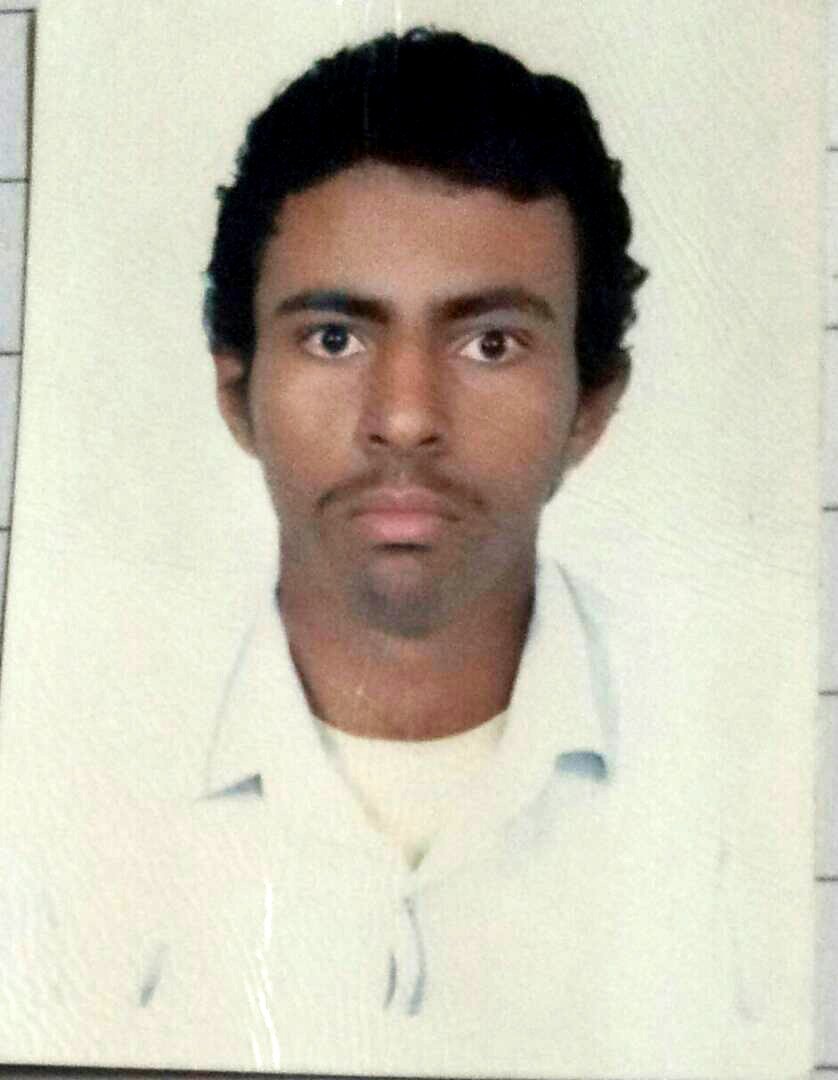
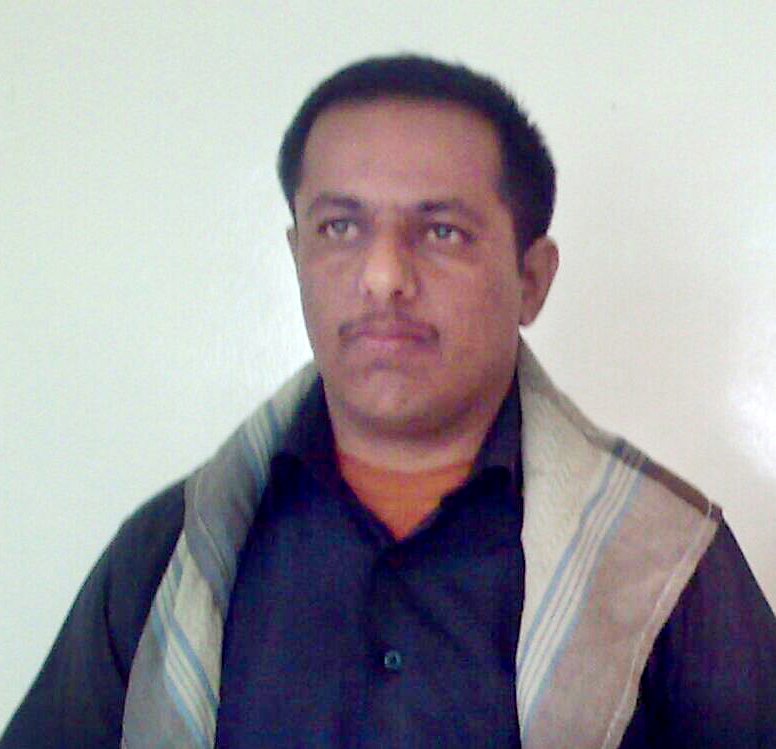
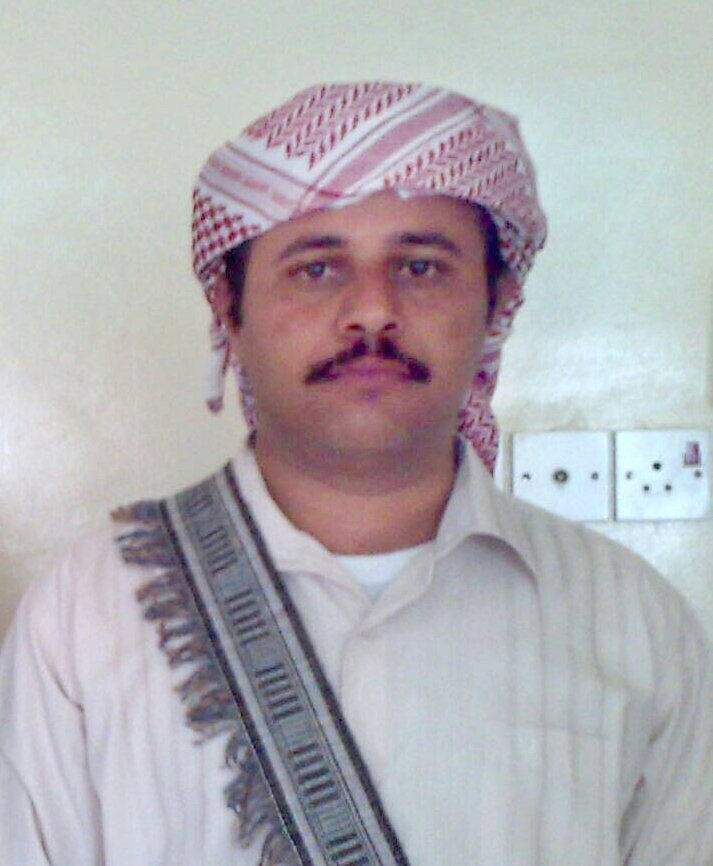
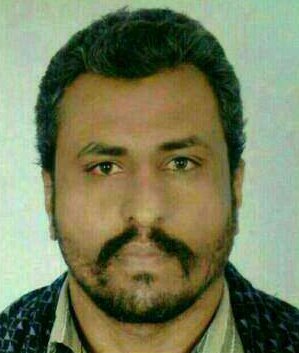
Family members (2)
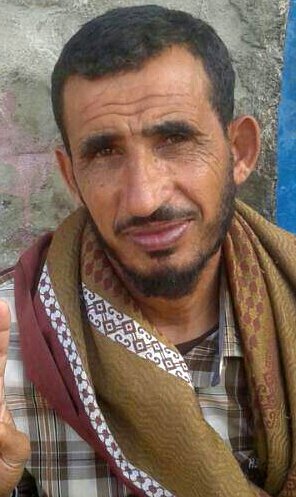

Key Information
Geolocation Notes
Reports on the incident mention the village of Al Mushainaah ( المصينعه) for which the generic coordinates are: 14.351505, 46.762544. Due to limited satellite imagery and information available to Airwars, we were unable to verify the location further.
